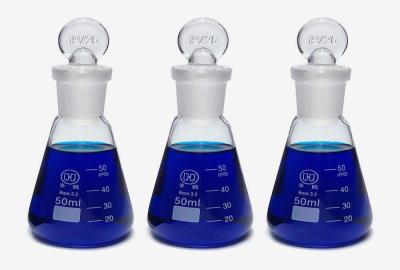Categories
Tags
Archives
How to Convert mg to ml for Science Projects
-
Posted by Total calculators Filed in Technology #mg to ml #mg to ml converter #mg to ml calculator #mgtoml 524 views
Converting milligrams (mg) to milliliters (ml) for science projects involves understanding the relationship between mass and volume, which is determined by the density of the substance you’re measuring. Converting milligrams (mg) to milliliters (ml) is essential for many science projects, especially those involving solutions, chemicals, or medicines. The conversion process depends on the concentration or density of the substance you’re working with. Here’s a step-by-step guide on how to perform this conversion. Here’s a step-by-step guide to help you with the conversion:
Understanding the Basics
Milligrams (mg) measure mass or weight.
Milliliters (ml) measure volume.Understand the Formula:
The basic formula for converting mg to ml is:
ml =mg/density (g/ml)×1000Density: You need to know the density of the substance in grams per milliliter (g/ml).
The relationship between mg and ml depends on the substance’s density (how much mass is in a given volume), which is usually expressed as mg/ml. For substances with the same density as water (1 g/ml or 1000 mg/ml), the conversion is straightforward: 1 mg equals 0.001 ml. However, for other substances, you’ll need to know their specific density or concentration.
General Formula for Conversion
The formula to convert mg to ml when the concentration or density is given is:Volume (ml) = Mass (mg)/Concentration or Density (mg/ml)
Steps for Converting mg to ml:
1. Determine the Concentration or Density:Find the density or concentration of the substance, usually expressed in mg/ml. For example, if a liquid solution has a concentration of 500 mg/ml, this means that 1 ml of the solution contains 500 mg of the substance.
Apply the Formula:
Once you have the concentration, use the formula to calculate the volume in ml. For example, if you have 1000 mg of a substance with a concentration of 500 mg/ml:
Volume (ml) = 1000mg/500mg/ml :- Ans. 2mlPerform the Calculation:
Use a calculator to avoid errors. For your science project, you can also use online tools like Total Calculators to automate this conversion.
Example 1: Converting a Medication Solution
If you have a medication with a concentration of 250 mg/ml and you need to administer 500 mg, the conversion would be:Volume (ml)=500mg/250mg/ml :- Ans. 2ml
This tells you that 500 mg of the medication is equal to 2 ml of the solution.Example 2: Converting Water (for Simple Projects)
If you’re working with water, the conversion is simpler. Water has a density of 1 g/ml, or 1000 mg/ml. Therefore, 1000 mg of water is equivalent to:
Volume (ml)= 1000mg/1000mg/ml :- Ans. 1ml
Tips for Science Projects:
Double-Check Units: Always ensure that the density or concentration is in mg/ml before performing the conversion.
Use a Calculator: Scientific calculators or online tools are helpful for accurate calculations.
Consider Temperature: The density of liquids can change with temperature, which may be important in chemistry or physics projects.
By understanding how to convert mg to ml and practicing with different substances, you’ll be better prepared for precise and accurate measurements in your science project.
